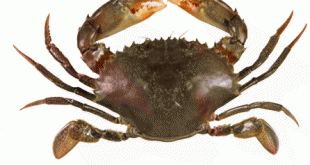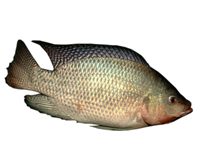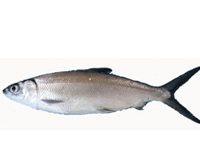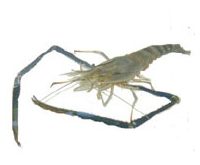Why seaweed culture?
- High return on investment

- Demand for seaweeds is high in the local and international markets
- Culture period could be as short as 45 days under optimal conditions
- Environment-friendly
- Could be a source of supplemental income for small fisherfolk associations and people’s cooperatives
| Technological Viability |
| Seaweed Farming
|
| List of Technology Adoptors |
| Kappaphycus (seaweeds) farming • Fisherfolk association, Pandan, Antique (2011) – AQD provided technical assistance through on-site training and skills development on long-line culture method of Kappaphycus • Fisherfolk association, Hamtik, Antique (2011) – AQD provided technical assistance through on-site training and skills development on long-line culture method of Kappaphycus• Calatagan, Batangas (2011) – AQD distributed seedlings of Kappaphycus for grow-out• Sorsogon, Albay (2011) – AQD distributed seedlings of Kappaphycus for grow-out • Marbuena Island Resort, Ajuy, Iloilo (1999, raft long-line method) • Parara Norte Small Fisherfolks Association, Parara Norte, Tigbauan, Iloilo (2003)
Post-harvest processing of Gracilaria • Leganes, Iloilo (2011); Roxas City, Capiz (2011) |
| AQD’s Work on Seaweeds
AQD began its work on seaweeds in late 1980s. The primary aim is to increase production of seaweeds in the Philippines by modifying culture practices and developing new strains of cultivable seaweeds. Land- and sea-based nursery techniques are being developed to supply healthy seedling to farmers. Capability of seaweeds as extractive species is promoted in integrated aquaculture. For Gracilaria and Kappaphycus in particular, AQD researchers have developed techniques for farming Kappaphycus and culture of Gracilaria in tanks, established methods for growing Kappaphycus and Gracilaria from spores or tissues in the laboratory, explored the use of Gracilaria as biofilter in a recirculating water system for milkfish broodstock and as well as in brackishwater ponds, and collected a lot of samples of seaweeds from the wild for characterization of agar/ carrageenan quality as well as genetic profiling. |
 SEAFDEC/AQD Southeast Asian Fisheries Development Center | Aquaculture Department
SEAFDEC/AQD Southeast Asian Fisheries Development Center | Aquaculture Department
 The farming of the seaweed Kappaphycus can be a low-cost venture and a profitable one, with the right site. The technology can use family labor in either fixed off-bottom (“parasdas”) or single raft long-line culture.
The farming of the seaweed Kappaphycus can be a low-cost venture and a profitable one, with the right site. The technology can use family labor in either fixed off-bottom (“parasdas”) or single raft long-line culture. 


